Rather than just chopping away at the top of your Japanese maple, you need to learn the proper way to reduce the crown of the tree. This reduces the tree’s height (if done correctly) and it makes the tree healthier.
Pruning is necessary for Japanese maples.
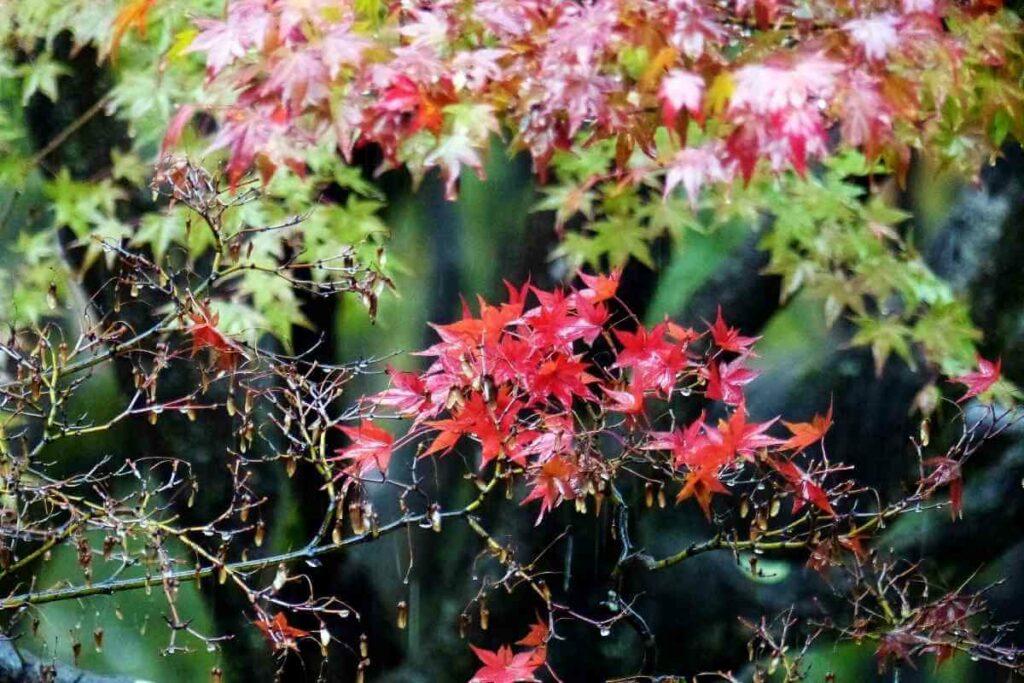
Knowing how to fix common problems – like when your Japanese maple grows too tall – is extremely important for the health of the tree and the appearance of your landscaping.
What Is the Proper Technique for Pruning a Japanese Maple That Is Too Tall?
Japanese maples can be either laceleaf or upright.
Laceleaf varieties resemble weeping willows in structure, with long, spindly branches that hang down vertically, while upright maples are more structurally rigid and stand tall, looking more like an apple tree or Bradford pear.
Both varieties can grow too tall for their location, especially if you don’t prune them every year.
Their size and shape is something that is best managed gradually, rather than all at once.
Don’t: Chop the Top of the Tree Off
This technique is called topping, and it’s an antiquated practice that isn’t used anymore except in cases of last resort.
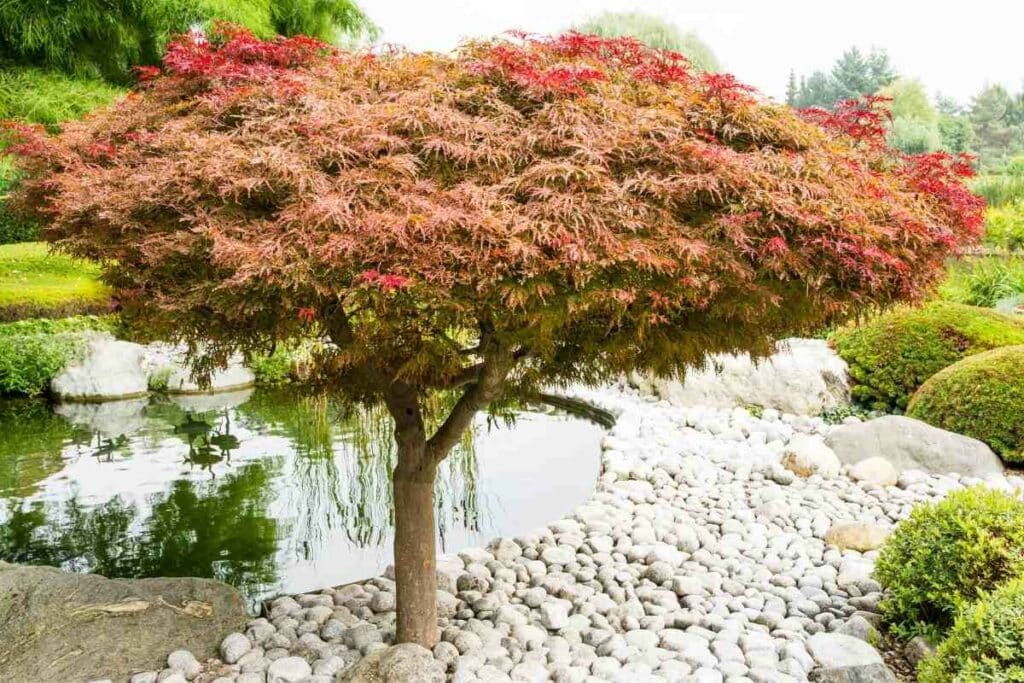
An upright Japanese maple will probably be ruined for life if you cut the top off of it, either because of infections that can occur or due to decay at the sight of a large, gaping pruning wound.
Do: Practice Conservative Crown Reduction
One of the most effective ways to control the height of a Japanese maple is to do crown reduction.
This technique only takes branches that are growing the wrong direction or ones that are rubbing other branches.
This improves the appearance of the tree, and it prevents the tree from getting too tall in the first place.
Do: Reduce the Size of the Entire Tree
If your Japanese maple is severely overgrown, you need to reduce its width and fullness as well as its height.
This approach will result in the most natural pruning results and give your tree the opportunity to grow healthy and strong in subsequent years.
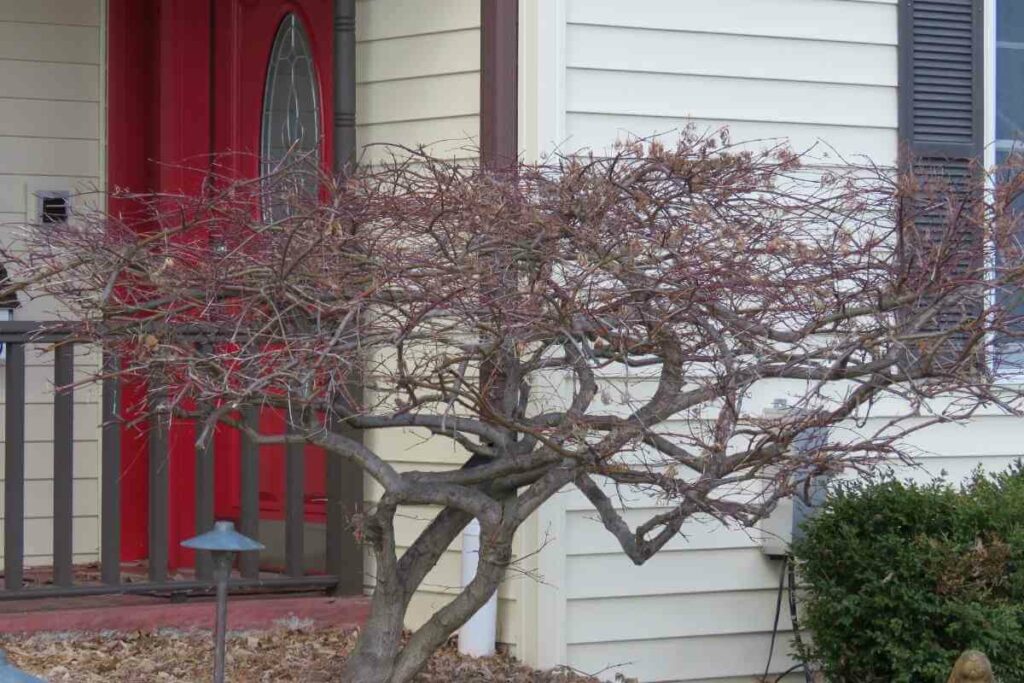
To reduce the size of the tree, you need to:
- prune bottom branches to a shorter length
- then work your way up
As you move up the tree, you will gradually shorten the limbs, taking more from higher ones and less from lower ones.
This is an especially effective method for upright Japanese maple trees since their branches are more rigid.
A word of caution, though! Be extremely conservative at the bottom so you don’t end up removing major branches as you move up the tree.
For a laceleaf maple, you need to employ the same method of tapering the amount you prune from each limb, taking more from the top limbs than you do the bottom ones.
Keep In Mind: This pruning method is a little more forgiving on this type of tree since the limbs hang down at various angles and make errors harder to spot.
When Should I Prune My Japanese Maple?
The best time to prune a Japanese maple for height or volume is winter, followed by summer as the next best time.
Trees have fewer leaves during the winter and this makes it easier to see the overall structure of the tree, so you can easily tell which branches can be removed while still maintaining the shape of the tree.
Although you may notice the undesirable growth of your trees during the spring, this is not an opportune time to prune them because they are developing delicate new growth and starting to produce sap.
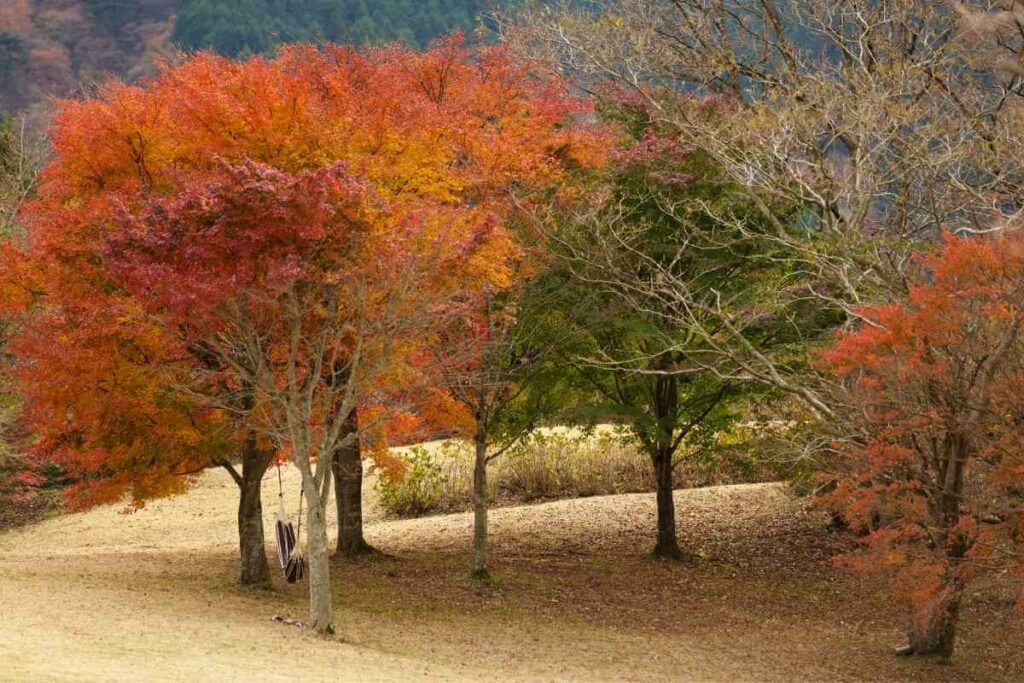
Fall, the only remaining time of year, is also an undesirable time to prune trees, since trees and plants are at their highest risk for fungi and infections, followed by winter when they are vulnerable to frost and cold.
Avoid This: Never prune Japanese maples if it is above 80 degrees Fahrenheit regardless of season.
Are There Any Special Considerations for Pruning Japanese Maple Trees?
There are several things to know about Japanese maples before you attempt to prune one yourself. Here are a few tips to ensure the survival of your tree.
Japanese Maples Don’t Do Well with Heavy Pruning
Therefore, your desired shape may take years to achieve.
Japanese maples need to be pruned from a very early age to avoid developing small, whip-like branches that can make the tree weak and unhealthy.
Light yearly pruning will also help you maintain the desired height for your tree without having to resort to drastic measures.
Do You Want a Natural or Pruned Appearance?
If you prune aggressively, you may end up with a tree that has very short branches on top and long, drooping ones at the bottom.
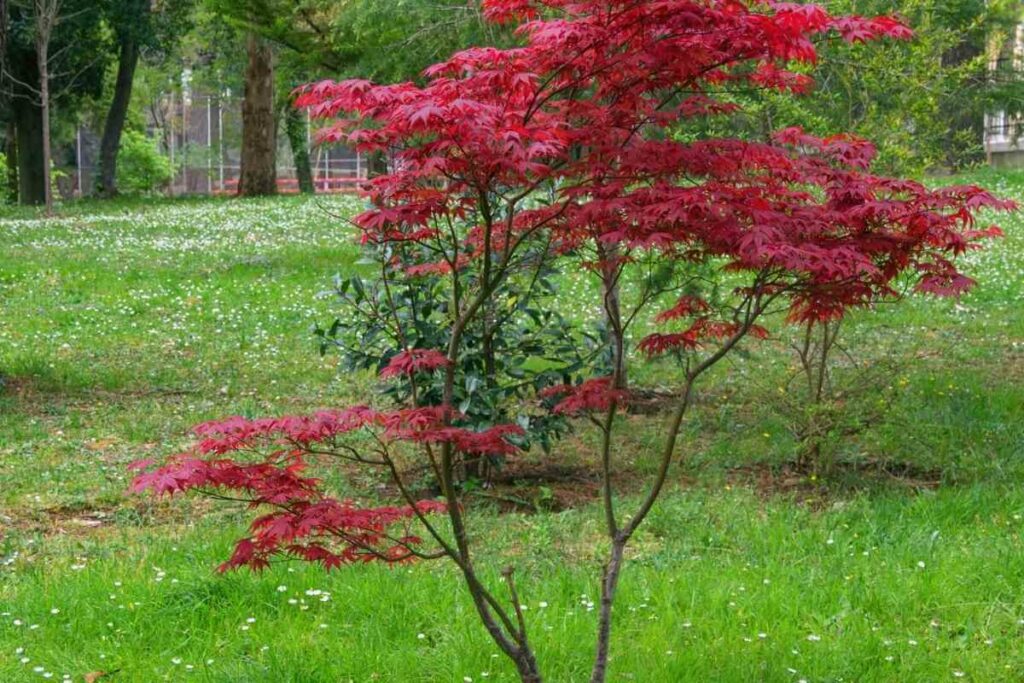
When the tree is full of leaves, this is not noticeable, but it definitely will be in the winter.
This is absolutely fine with most people who want to keep their tree at a certain height.
Japanese Maples Grow Slowly
These trees grow at a rate of only 1-2 feet per year.
Any over-pruning or pruning mistakes will take a very long time to straighten out, so don’t do anything to your tree unless you’re ready to live with that decision for a long time.
In Summary
As with most things, prevention is much more effective than major resizing of such a delicate tree.
Otherwise, choose a tried-and-true professional method for reducing its height without harming the tree.
